By Josh Blank
With the release of the Z8 in 2023, Nikon shooters specializing in underwater wide angle have remained somewhat limited with regards to lenses. Fortunately, with the successful Nikon FTZ II adapter, F-mount favorites including the 16-35mm and 8-15mm fisheye continue to work exceptionally well.
If, however, you prefer to use a wide angle lens native to Z-mount camera bodies, the 14-30mm f4 is a great option that's capable of excellent image quality and autofocusing with a very versatile focal range.
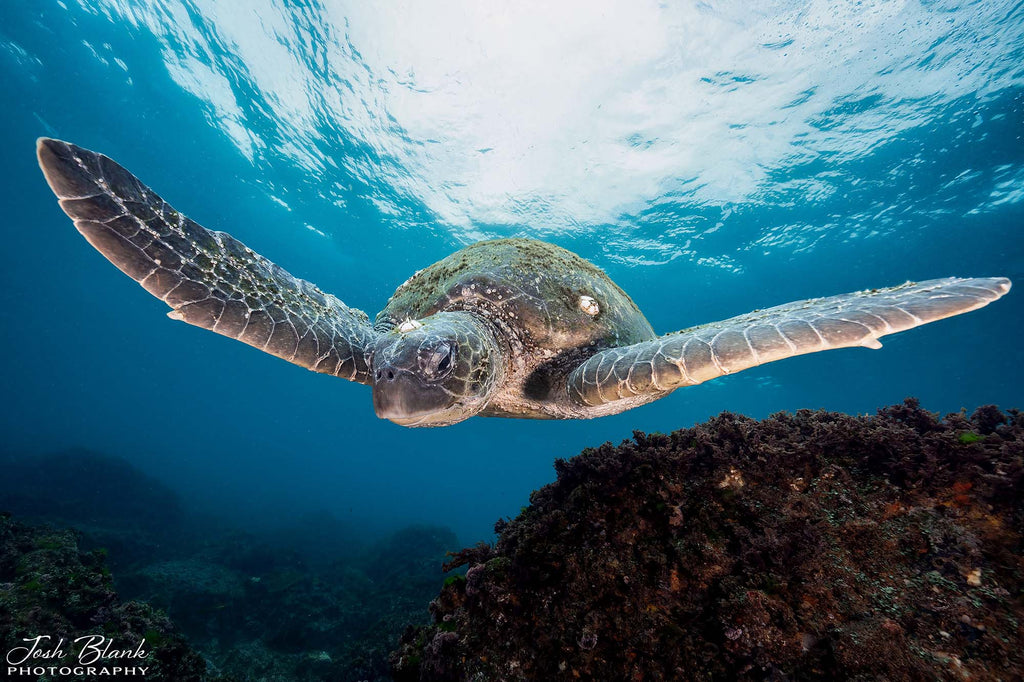
1/160 • f/9 • ISO 200 • Photo © 2024 Josh Blank
The 14-30mm wide angle zoom lens is a Z-mount lens and therefore requires no additional adapters when used with Nikon mirrorless systems such as the Z6, Z7, Z8 and Z9.
Image Quality
The Nikon 14-30mm delivers outstanding image quality throughout its focal range. While I found shooting at 14mm produced the sharpest results, the lens was impressive all the way through to 30mm. After a long morning of shooting in various lighting, the lens consistently performed well with minimal flare and no noticeable chromatic aberration.
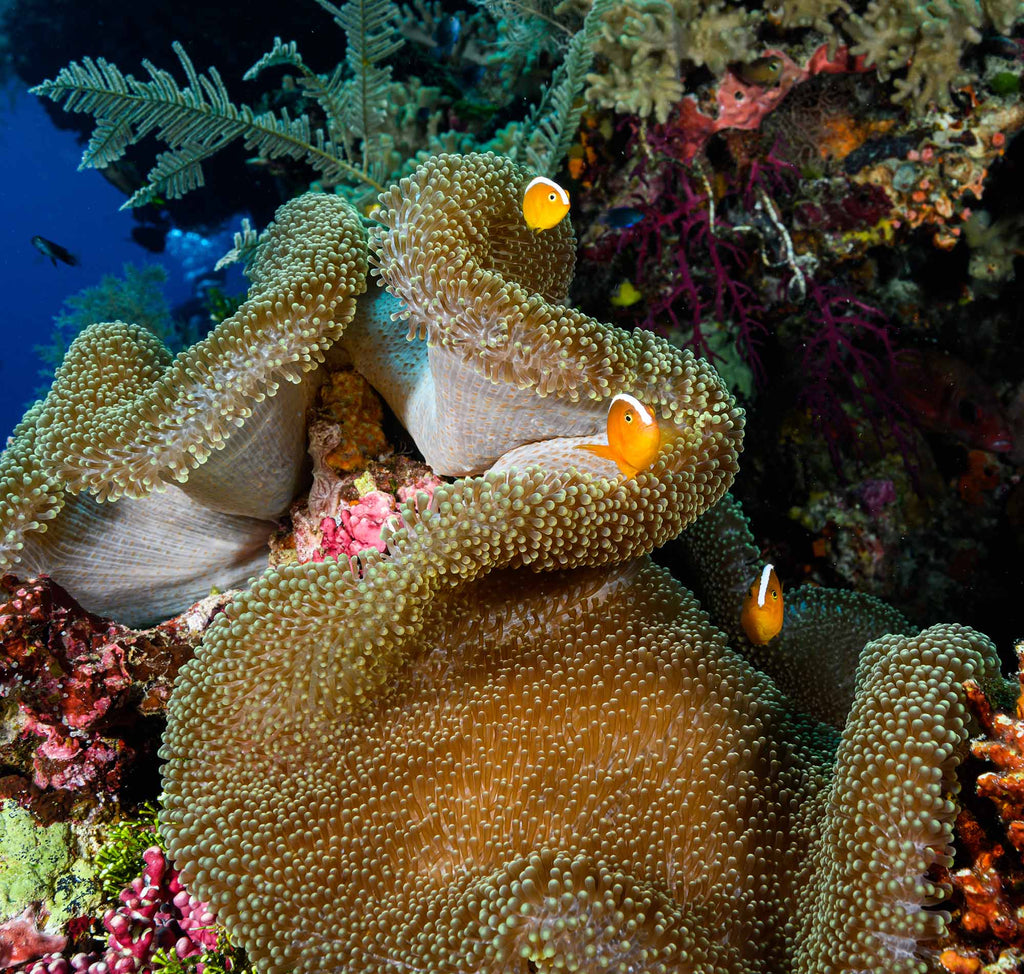
1/125 • f/14 • ISO 200 • Photo © 2024 Steve Miller
Autofocusing
The lens focuses lightning quick particularly when used with a powerful body such as the Nikon Z8. As a native Z-mount lens, the14-30mm focuses slightly faster than the 8-15mm or 16-35mm combined with the FTZ II adapter, however, the difference is very minimal and wouldn’t necessarily deter me one way or another.
Close focus distance is another factor that's important to consider when choosing a lens. While the 14-30mm doesn’t focus quite as close as the 8-15mm fisheye, it does slightly outperform the 16-35mm with a close focus distance of 11 inches (28 centimeters). When using this lens behind an Ikelite 8" dome port, it consistently found tack-sharp focus just an inch or two off the dome itself.
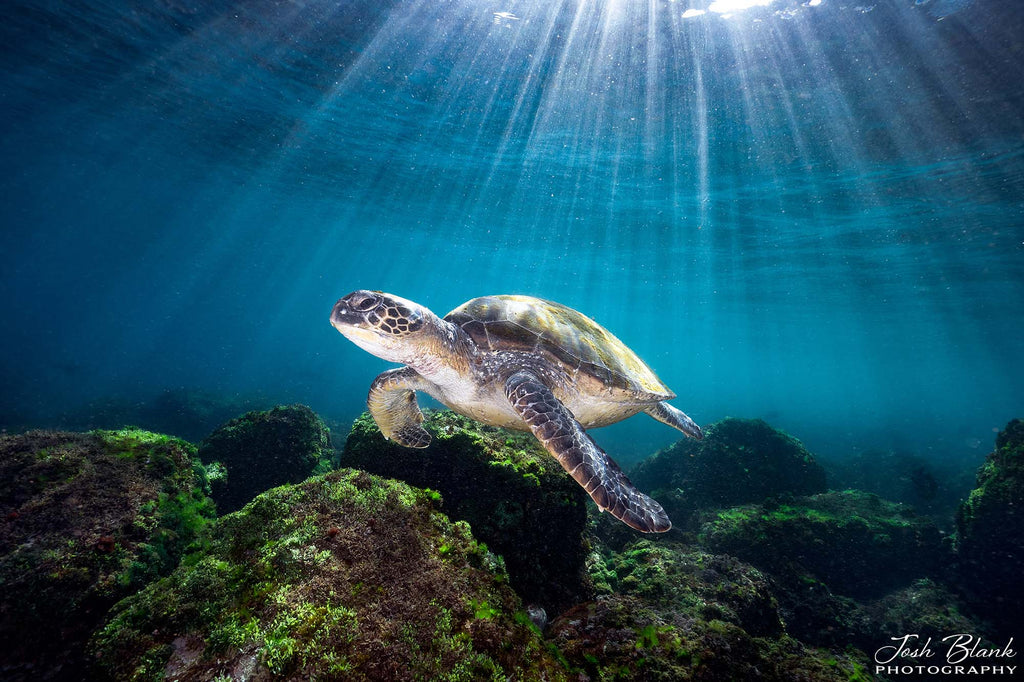
1/200 • f/9 • ISO 250 • Photo © 2024 Josh Blank
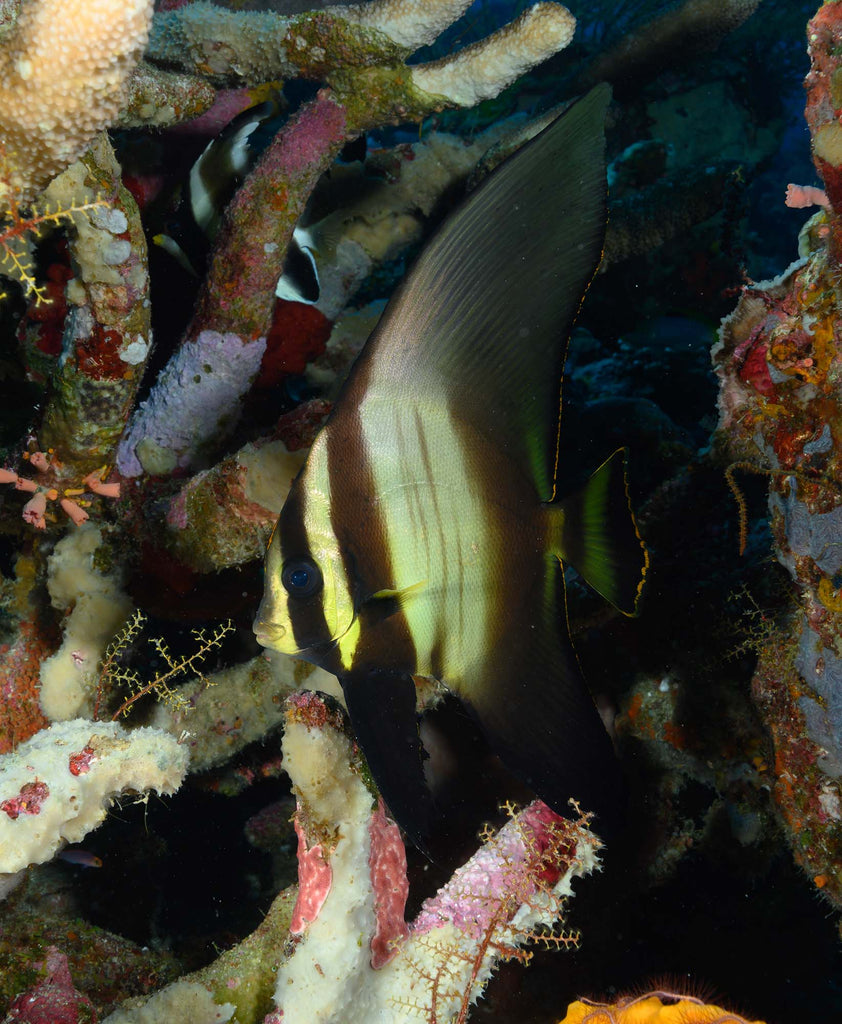
1/125 • f/13 • ISO 200 • Photo © 2024 Steve Miller
Focal Length
Possibly the biggest selling point for the 14-30mm is its versatile focal length with a 114 degree field of view at its widest end, yet still being capable of zooming in for those slightly shyer subjects. As someone who loves to photograph animal portraits, I fell in love with the wider end of the lens, however, I couldn’t help but imagine how perfectly suited it would be for subjects like whales, dolphins and sharks. It’s impossible to predict how some species will behave; the 14-30mm range allows you to be prepared for any kind of interaction regardless how cautious or curious!

1/124 • f/10 • ISO 320 • Photo © 2024 Steve Miller
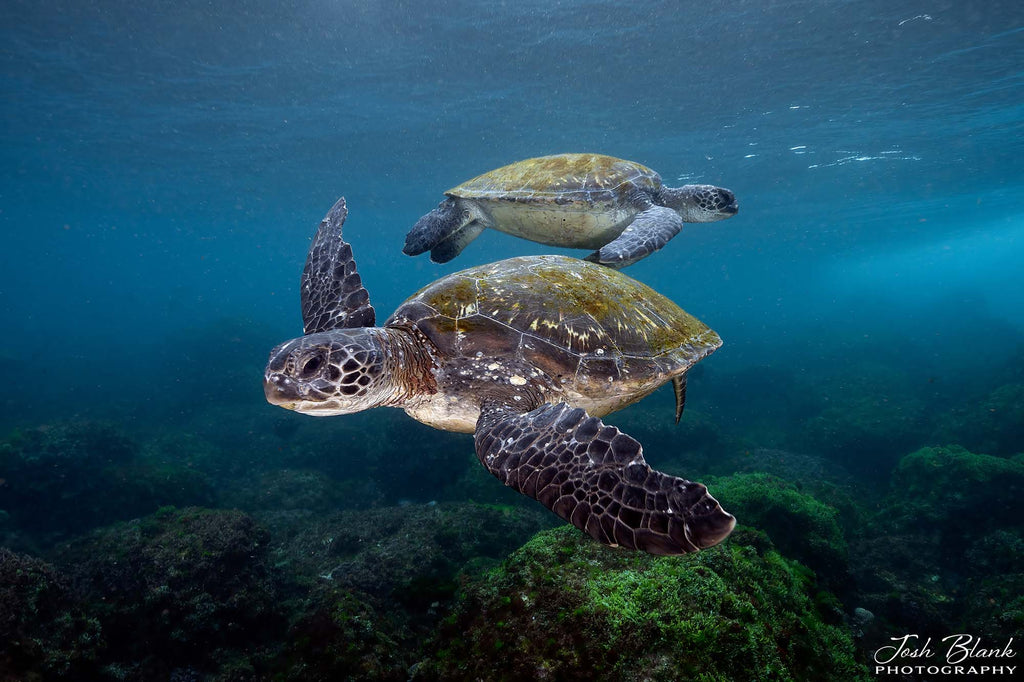
1/160 • F8 • ISO 200 • Photo © 2024 Josh Blank

1/60 • f/4 • ISO 6400 • No Strobes • Photo © 2024 Steve Miller
No distortion, some pulling
Another potential benefit of the 14-30mm, depending on your personal preference, is the fact it is a rectilinear lens and offers a very wide field of view with no fisheye distortion. Even at 14mm, expect no curving of straight lines for a very different perspective compared to something like the 8-15mm.
Rectilinear lenses simply won't be as sharp edge-to-edge as a fisheye lens is underwater. This is a matter of light diffraction, and it gets worse at large apertures and with smaller diameter dome ports. The 14-30mm does exhibit significant edge distortion when used behind the DL Compact 8" Dome Port, and that distortion is evident in several of Steve Miller's photos in this review. It tends to be worse towards the foreground than it is towards the background. Using the full size DL 8" Dome Port and shooting at apertures of f/13 and smaller will reduce the effect.

1/160 • f9 • ISO 200 • Photo © 2024 Josh Blank
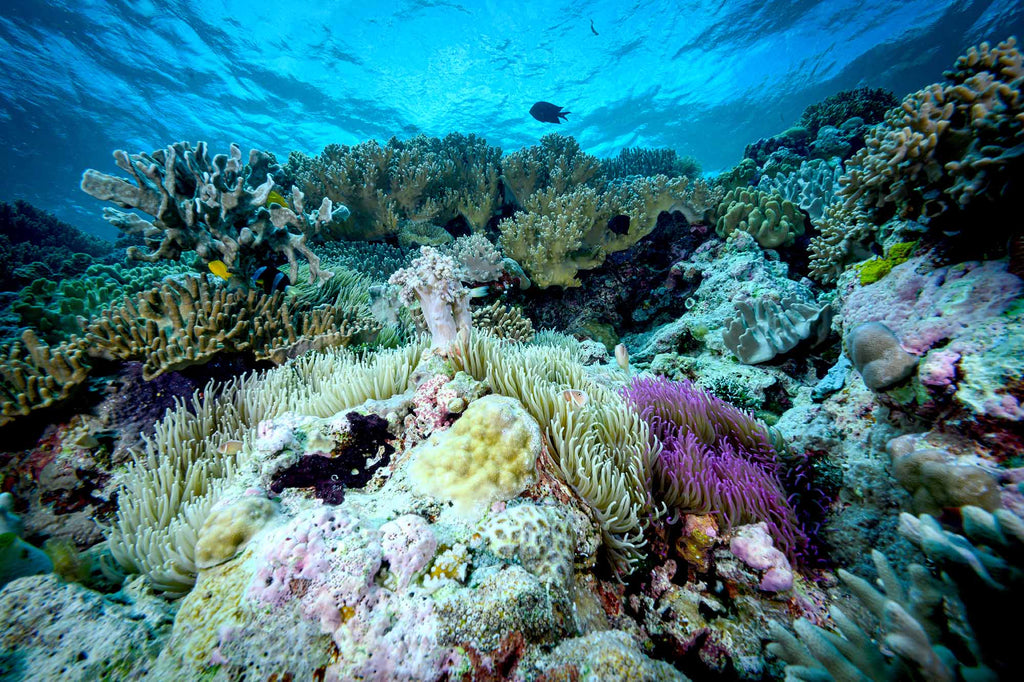
1/125 • f/14 • ISO 200 • Photo © 2024 Steve Miller
Conclusion
If you're after a rectilinear Z-mount lens for underwater wide angle, look no further than the 14-30mm f4 S. Its versatile focal length coupled with impressive image quality and focusing capabilities makes it an excellent option whether working with large animals or photographing beautiful reef scapes.
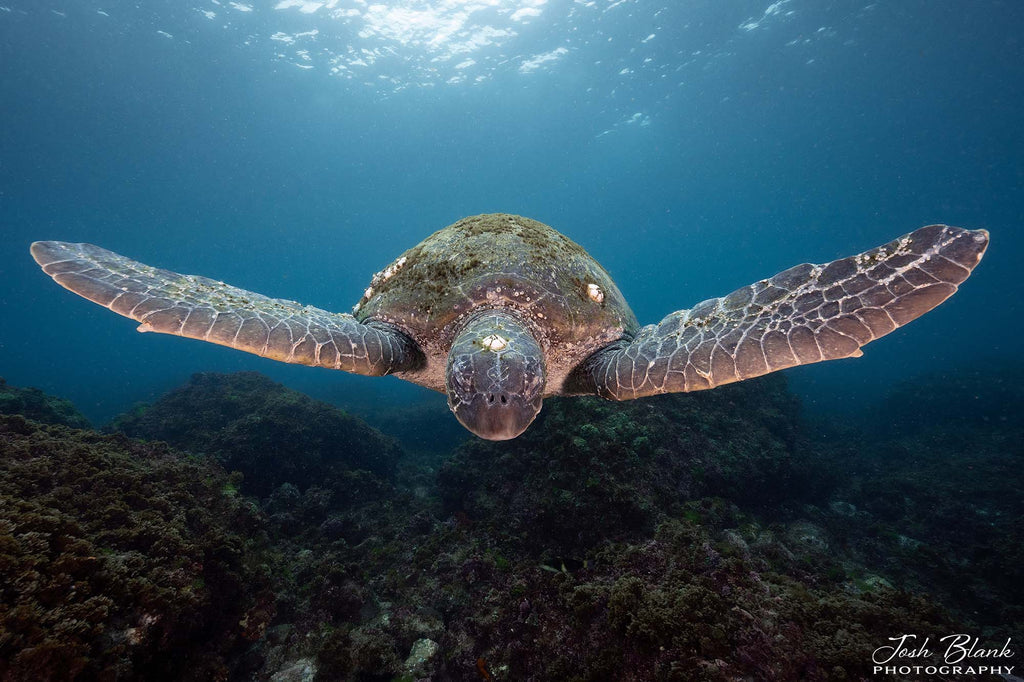
1/200 • f14 • ISO 800 • Photo © 2024 Josh Blank
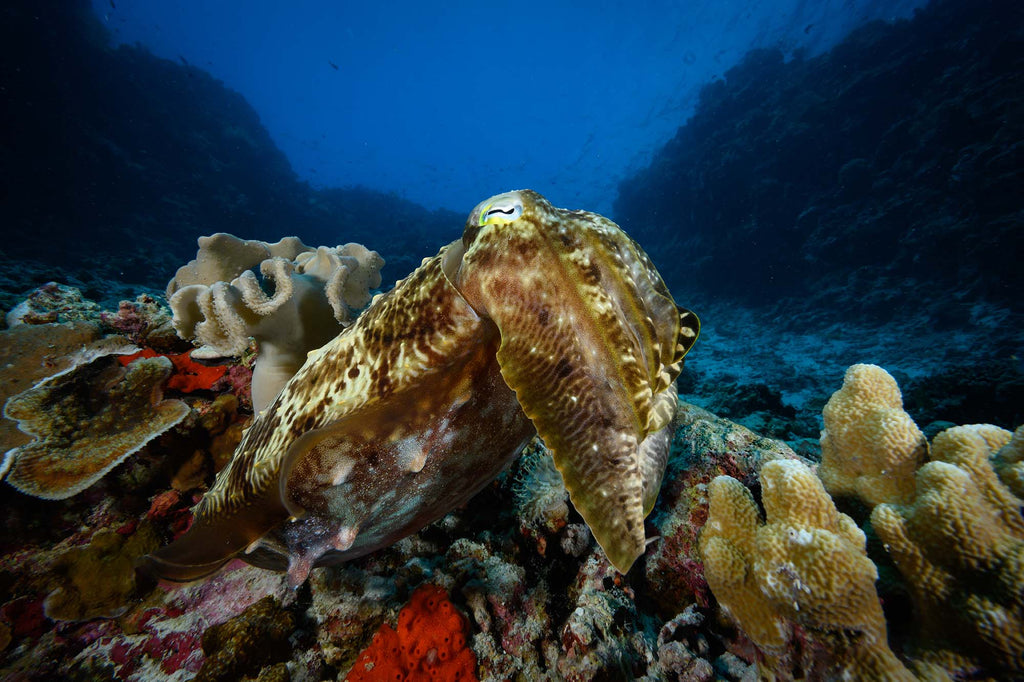
1/125 • f/14 • ISO 200 • Photo © 2024 Steve Miller
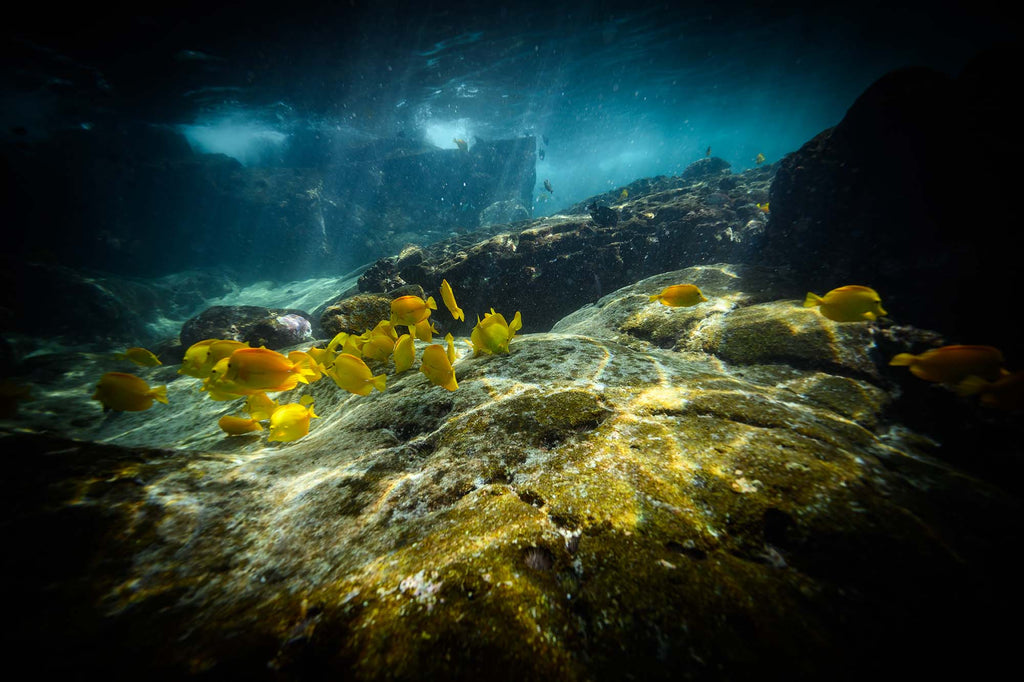
1/250 • f/5.6 • ISO 140 • Photo © 2024 Steve Miller
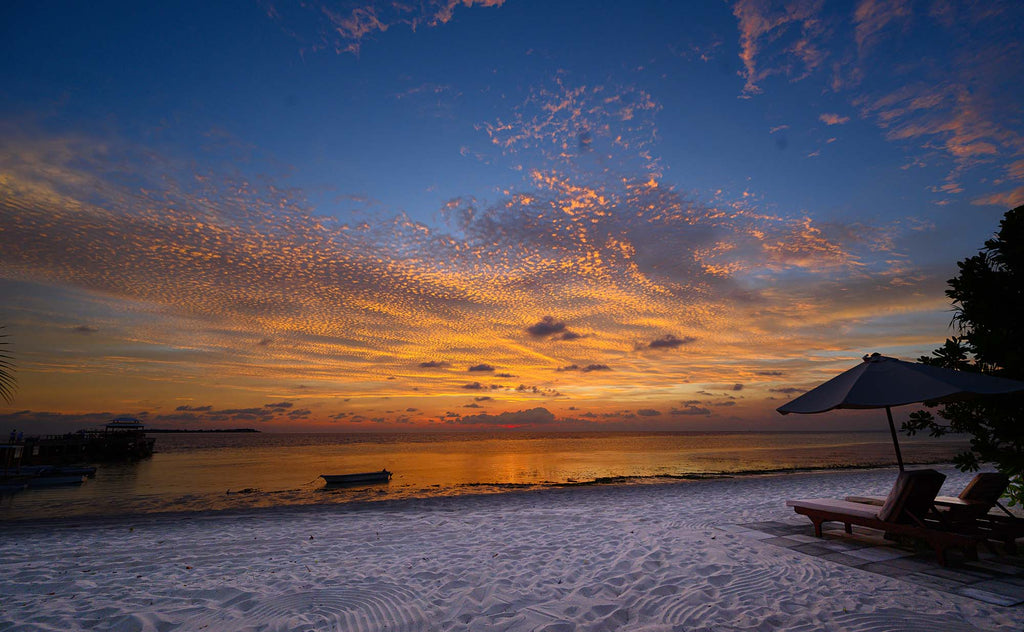
1/160 • f/6.3 • ISO 200 • Photo © 2024 Steve Miller
Additional Reading
Nikon Z8 Underwater Review // Josh Blank Ditches the D850 [VIDEO]
Up Close and Personal: A Guide to Underwater Animal Portraits
Sea Turtle Portraits with DS230 Strobes
Nikon Z8 and Ikelite 200DL Underwater Housing [VIDEO]

Josh Blank is a diver and underwater photographer based out of the Gold Coast on the east coast of Australia. Through a combination of scuba diving and freediving, Josh is passionate about exploring the open ocean and photographing the larger marine species that inhabit the deep blue. With his photography he hopes to inspire, inform, and instill an interest in the underwater world. Read more...











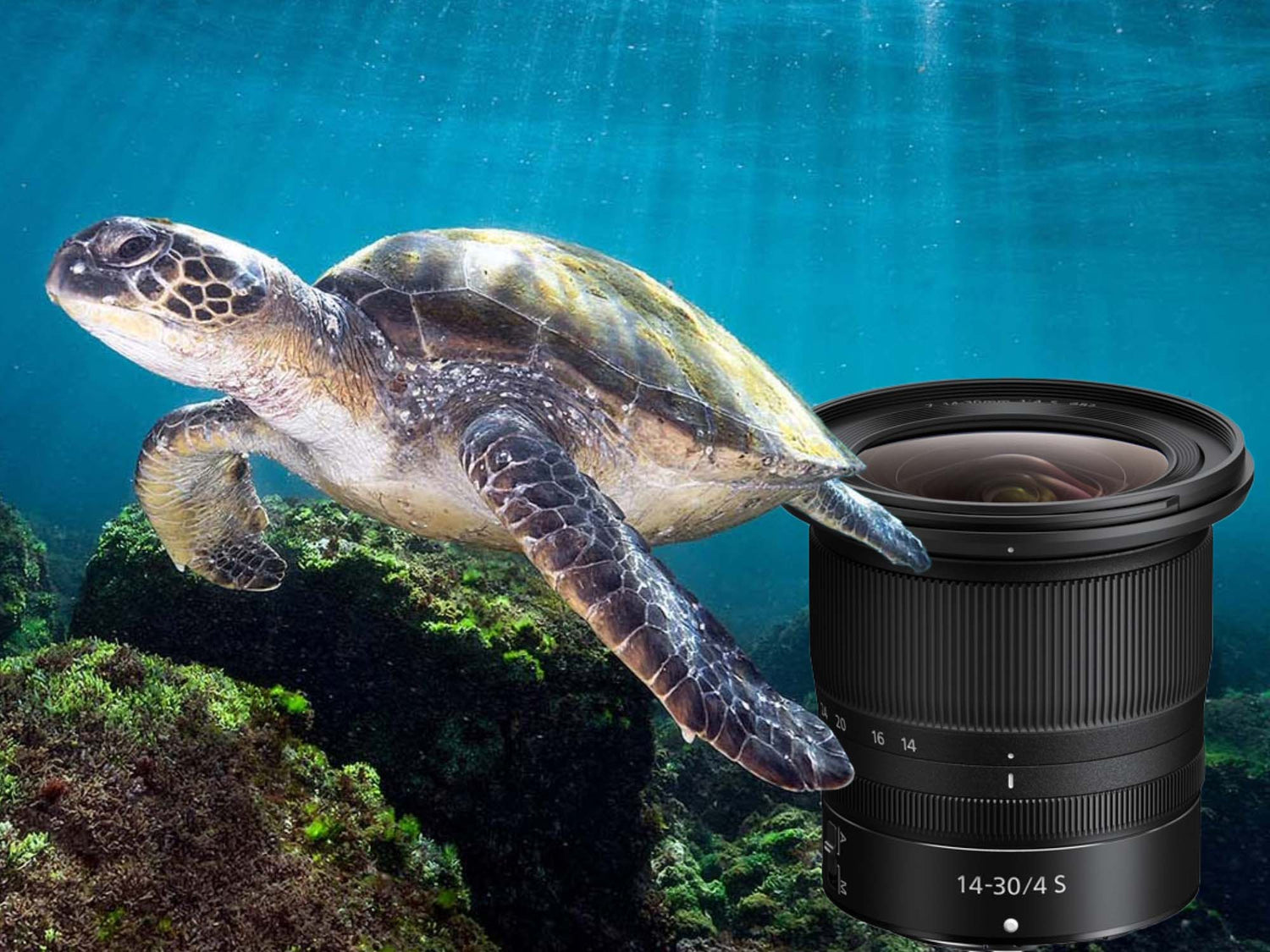
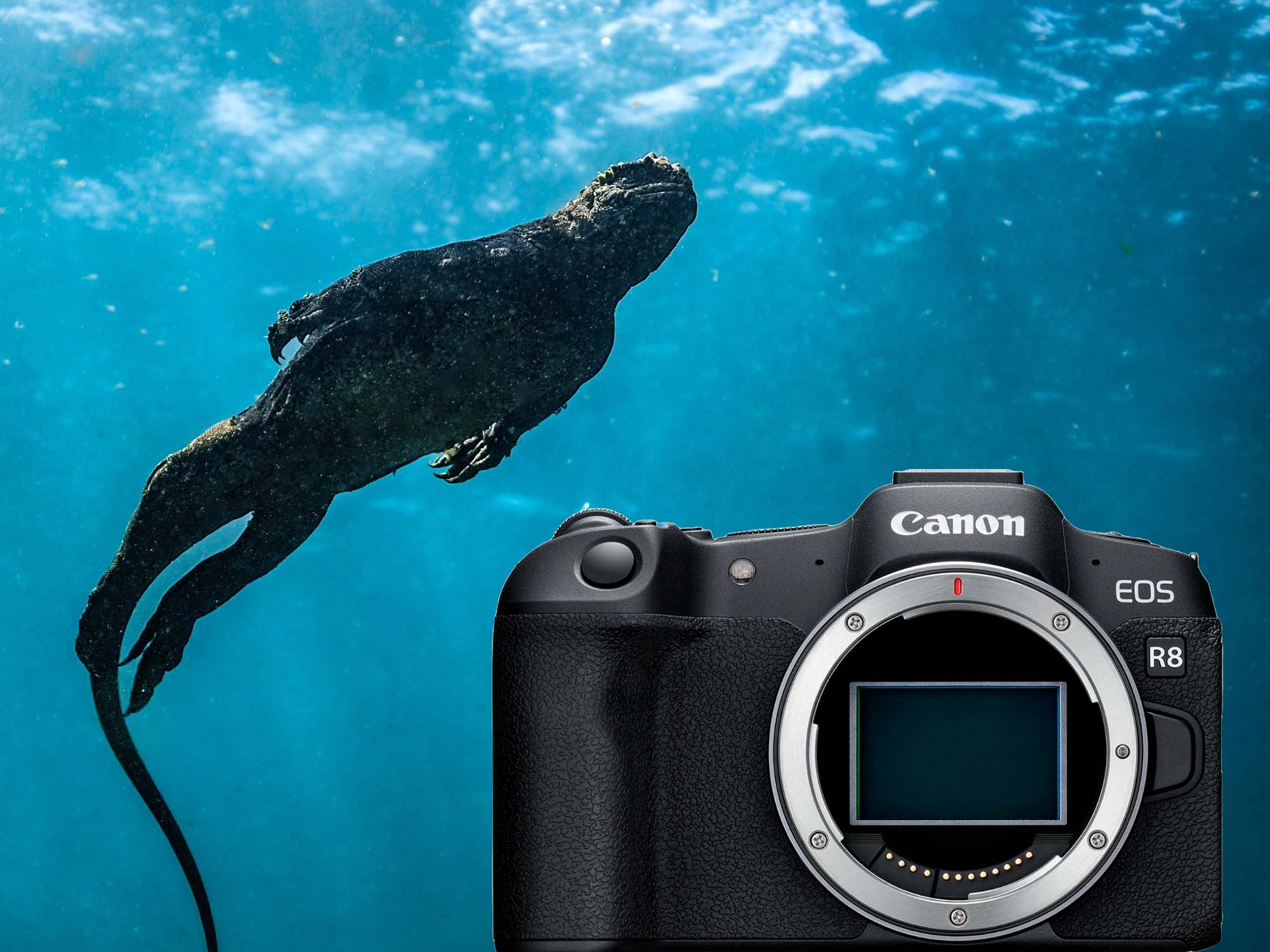
![Sony a9 III Underwater Photos & 4K Video Results [VIDEO]](http://www.ikelite.com/cdn/shop/articles/Sony_a9_III_Results_copy_be9daf96-c25f-49ba-b8a3-cf04cba59209.jpg?v=1739463000&width=2000)